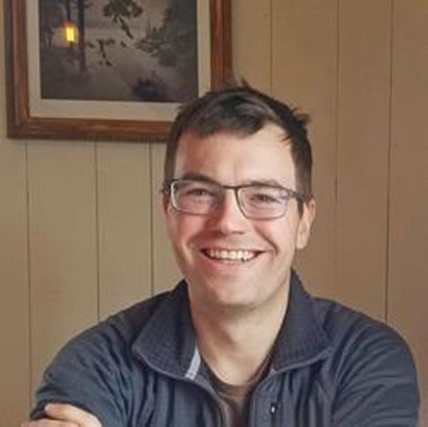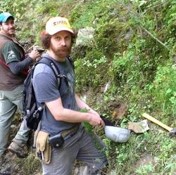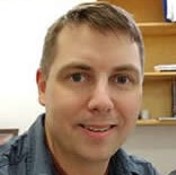CONFERENCE SHORT COURSE
Spatially resolved techniques and applications of organic petrography
in shale petroleum systems
Participation in the short cource is free to TSOP Members; non-members only need to join TSOP for one year. Go to the REGISTRATION PAGE for details!
Short course will take place on 12-13 September 2022
(Australian Eastern Standard Time AEST, UTC + 10)
For Inquiries about the Short Course please email Paul Hackley at phackley@usgs.gov

|
|
Paul Hackley (phackley@usgs.gov)
Paul joined the U.S. Geological Survey in 1997 and is a Research Geologist in Reston, Virginia, where he is project chief of the Thermal Indices project and principal investigator for the Organic Petrology Laboratory. He holds degrees from Shippensburg University (BA), George Washington University (MSc) and George Mason University (PhD). His primary research interests are in petrographic thermal indices and their application to petroleum processes and fossil fuel resources assessment.
|
Topics: traditional organic petrography, fluorescence spectroscopy, sample preparation. |

|
|
Aaron Jubb (ajubb@usgs.gov)
Aaron is a Research Chemist at the U.S. Geological Survey (USGS) in Reston, Virginia. He received his B.A. in chemistry from Lawrence University and a Ph.D. in chemistry from The Ohio State University. He completed post-doctoral work at the National Oceanic and Atmospheric Administration in Boulder, Colorado and at Oak Ridge National Laboratory in Oak Ridge, Tennessee. Aaron joined the USGS in 2017 where his main areas of study involve: (i) the molecular characterization of organic matter in sedimentary rocks, (ii) evaluating micro- and nanoscale structures in geologic materials, and (iii) fundamental aspects of waters co-produced during petroleum extraction.
|
Topics: vibrational spectroscopy (infrared, including photothermal; Raman including surface and tip-enhanced).
|

|
|
Ryan McAleer (rmcaleer@usgs.gov)
Ryan received his BS, MS, and PhD degrees in geology from Penn State, Virginia Tech, and Indiana University. He has been a Research Geologist at the U.S. Geological Survey (USGS) in Reston, VA since 2016. Ryan’s research focuses on the microstructure and microchemistry of solid samples with application to tectonic, and mineral and energy resource studies. He typically applies electron microscopy and microanalysis, spectroscopy, as well as radiogenic isotope methods in his research. He runs the electron microprobe at the USGS in Reston, VA.
|
Topics: electron microprobe analysis. |

|
|
Brett Valentine (bvalentine@usgs.gov)
Brett is an organic petrologist for the U.S. Geological Survey (USGS) who focuses on micro-nanometer-scale characterization of organic material in coal, shales, and other geologic material. He manages the USGS Geology, Energy, & Minerals Science Center Electron Microanalysis Laboratory and operates the field-emission scanning electron microscope (FE-SEM). With twelve years of experience with the USGS he has conducted research and published papers on topics relating to the identification of dispersed organic material, shale diagenesis, oil and gas assessments, hydrous pyrolysis experiments, correlative light and electron microscopy methods, and studies to evaluate organic porosity development.
|
Topics: scanning electron microscopy, correlative light and electron microscopy. |

|
|
Justin Birdwell (jbirdwell@usgs.gov)
Justin is a research engineer and geochemist with the U.S. Geological Survey Central Energy Resources Science Center in Denver, Colorado. He is a graduate of Louisiana State University in Baton Rouge, earning B.S. and Ph.D. degrees in chemical engineering in 2002 and 2007. His research focuses on assessment of oil & gas resources, source rock geochemistry, geothermal resources in sedimentary basins, and environmental impacts of energy development; since 2007 he has authored or co-authored over 80 publications on these subjects. Justin is the president of the AAPG Energy Minerals Division (2021-2022), a co-chair of the EMD Tight Oil & Gas Committee, a member of the AAPG House of Delegates representing the Rocky Mountain Association of Geologists, and an Associate Editor for AAPG Bulletin.
|
| Topics: laser-induced breakdown spectroscopy, X-ray photoelectron spectroscopy, synchrotron-based analysis |
|
|